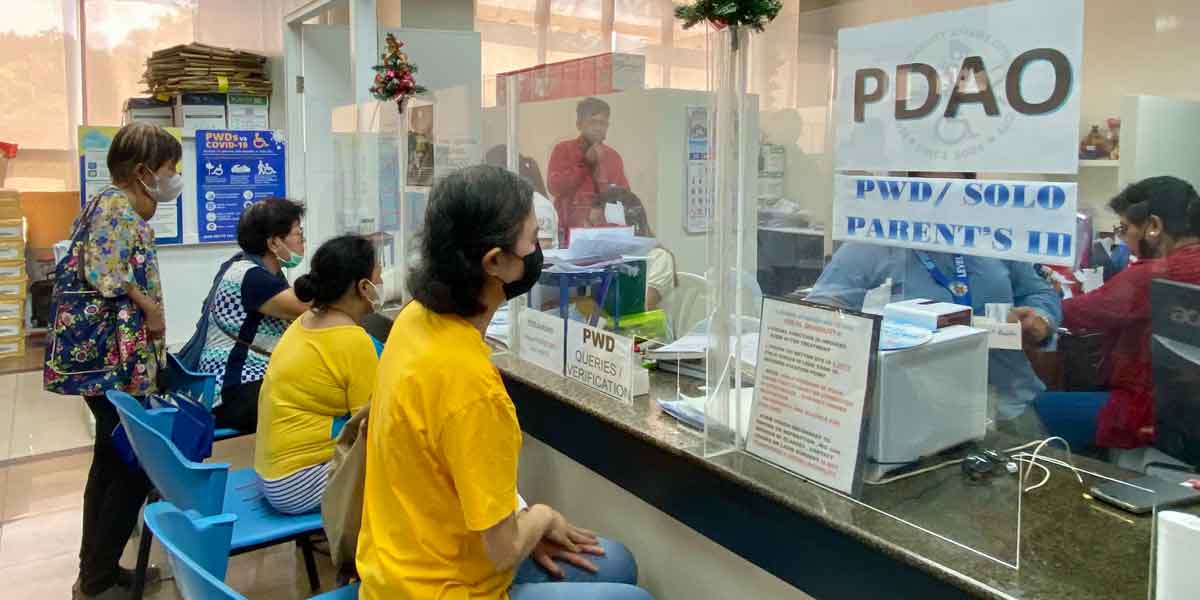By Prof. Enrique Soriano
More than a decade ago, I was invited to deliver a challenging lecture to a select group of business owners mostly housing developers operating in the Asia Pacific region. The topic assigned to me then was “Turnaround Strategies amidst GFC” and the organizers asked me to focus on one thing, what intervention and tools did my team introduced in helping financially distressed organizations in the region. This was during the turbulent period (2008) when the global financial crisis (GFC) was holding sway over major economies throughout Asia. For those who are not familiar with GFC, this refers to the period of extreme stress in global financial markets and banking systems between mid-2007 and early 2009. Many banks around the world incurred large losses and relied on government support to avoid bankruptcy. This economic upheaval caused the collapse of many financing and investment houses that gambled on real estate.
Today we are again at a crossroads. Infection rate in the country jumped 250% with the national capital region (NCR) expected to breach the 5,000 new case level this coming week. Emergency rooms are full and we can expect more positive cases on the rise. The Health department reported last week that the upsurge in daily increases based on the past three-day average was the highest daily increase in cases in nearly six months. As the pandemic continues to shock economies in all corners of the globe and recession just made a hard landing in Q4, what should family enterprises do to survive?
We all know too well that the current pandemic is unprecedented in its impact and it was exactly a year ago this week when COVID-19 made its crushing presence felt. For all its fire and fury, I can confidently say that the worst is behind us but we must not let our guard down. Businesses, big and small must simultaneously think outside the box, develop a variety of scenario planning models and use resources to fuel growth and preserve gains effectively. Remaining calm under immense pressure will help organizations make strong, well-informed and rational decisions. Since the pandemic began, I have received a number of invitations to lecture online and offline and the same questions emerge, how can founders and business leaders navigate in an uncertain future? Let me direct you to a real case in the region that my colleagues and I helped turn around many years ago. For confidentiality reasons, we will name it Co. A.
A Case of Failed Leadership
Co. A is a housing developer catering to the mid-market segment. For many years, the company churned out several successful projects, exceeding revenue targets year after year. It was on a roll and everything appeared to be working in their favor. The planned initial public offering was also gaining momentum. There was even one particular year that they almost came close to matching the revenues of top tier developers. Every project they constructed was always lap up by buyers. Suddenly, the market dried and the real estate bubble burst, values plunged and the company took a nose dive. Co. A was highly leveraged and their debt to equity ratio was more than twice the industry average. A high D/E ratio is associated with high risk to lenders and investors. It means that a company has financed a larger amount of its growth through borrowing. You can get away with a great deal when times are good, but a major slump turns many minor issues into major problems. Good times can cover many sins, and bad times uncover many weaknesses. The bust created a market where overall demand slackened, unemployment rate peaked, notice of foreclosures and evictions increased and credit squeezes everywhere. On top of the external crisis, we discovered several strategic and functional failures like poor operating controls such as cost management, asset valuation, cash flow forecasts, overexpansion that led to bad acquisitions and the accumulation of too much debt.
To be continued…


















